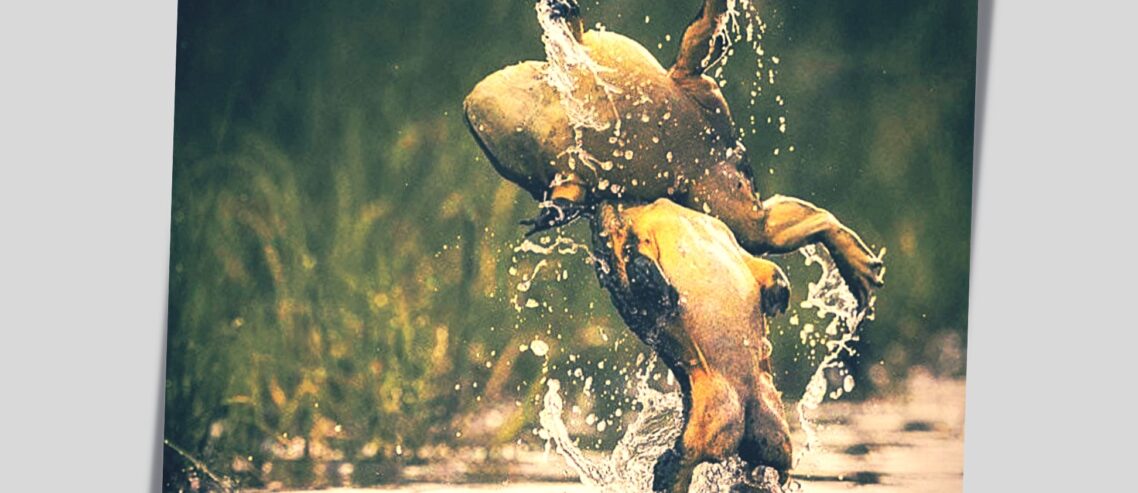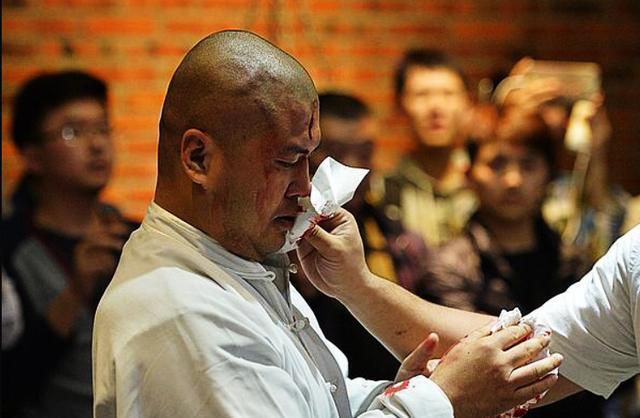What Are the 4 Core Principles of Tai Chi For Combat?
What Are the 4 Core Principles of Tai Chi For Combat?
Taiji Quan’s four principles of peng, lu, ji and an from my current experience give you the basis in which to establish your defence and offence. The grasping sparrow’s tail for example in Yang Style, allows you to drill and understand these four cardinal principles.
Regardless of whichever Taiji Quan style you practice; these underlying principles are the same. Using the Yang Style form from the Cheng Man Ching lineage whether it is the unknown long-form or his devised short form.
When you do the left ward off, the “sinking” on the right foot as you shift your weight into the left forward foot and square up to the left. One would feel an upward reactionary motion from the “sinking” which makes the left-hand rise forming the left peng or ward off posture as the right-hand drops. The dropping of the right hand is yin, and the rising of the left hand is yang, thus taiji.
Peng Jin
The peng jin aspect is the expansive motion. When applied after yielding and neutralising the opponent, you would then ward them off. They would experience themselves floating and the motion rises from the feet. And expands the hands and goes into the opponent, uprooting them.
After Ji, when you do the move separate hands, preparing to go into An the right hand deflects incoming pressure as you sit on your left leg sinking all the weight there.
With both hands out ready for the execution of An (push), you can then control the opponent. If your sinking is good, however, once they are just a fraction off balance you can, using the back foot-shift the weight into the front and they will be easily pushed back. And is the downward force or attribute of the peng structure and when applied, your opponent feels like they are sinking.
Therefore, Lu deflects, redirects, and neutralises the opponent. An makes your opponent feel like they are sinking and losing their balance downwards. Peng jin from ward off, makes them feel like they are floating, this is from the expansive aspect of the peng structure.
And Ji is the principle of attacking your opponent once you have neutralised their attack. It can also be a means for a straight attack. In the grasping of a sparrow’s tail, it is physically manifested with the right hand held in the ward-off posture. And the left hand’s palm touches the inside of the right hand, placed from the wrist in the “neiguan” acupoint. It can be examined to be a combination of an An and Peng. Ji can also be a straight attack, using a punch. It represents going on the offence.



Comments
Leave a Comment